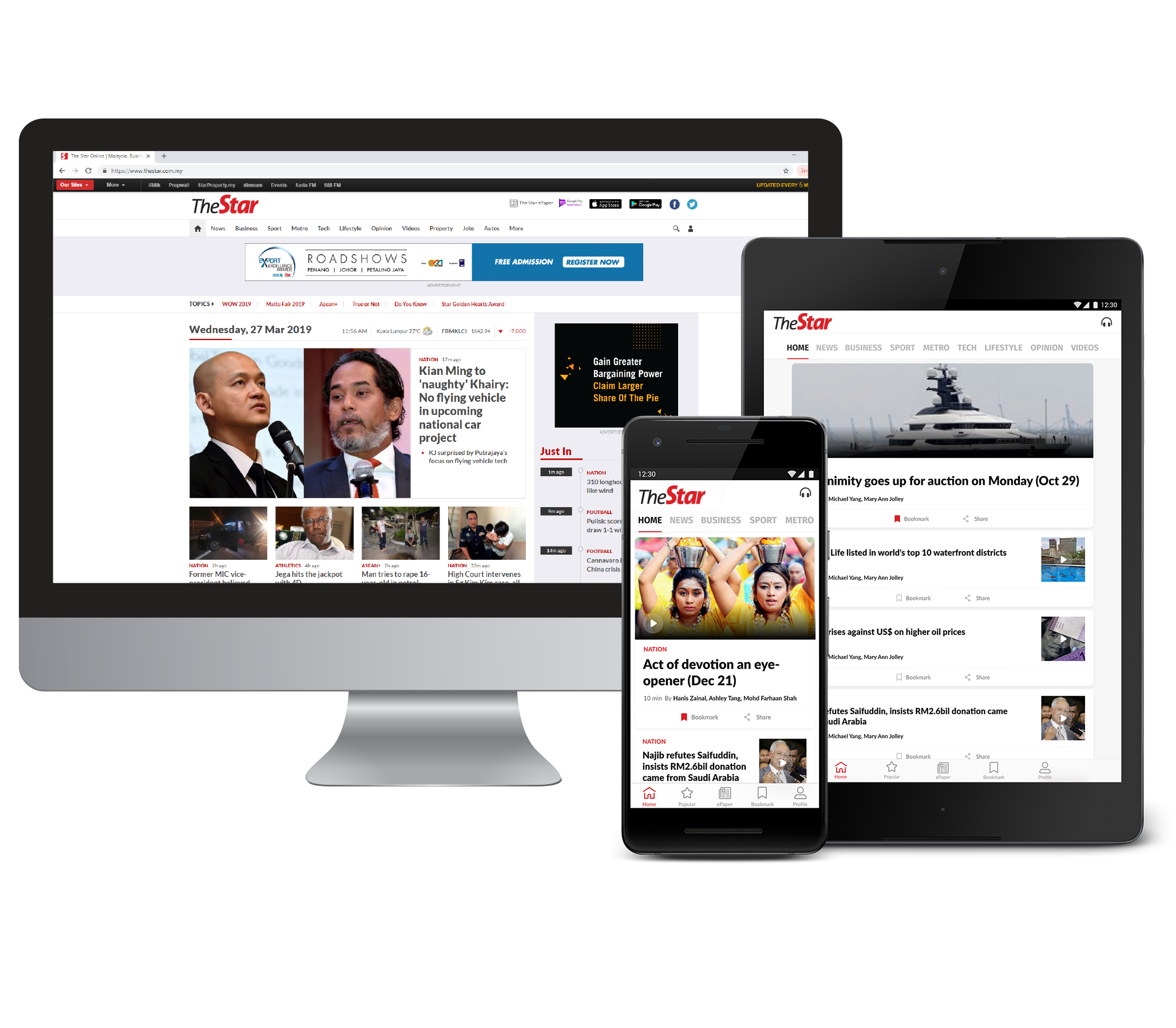A Hong Kong-controlled company managing ports in the Panama Canal was put in the spotlight on Thursday during a US congressional hearing about China’s global development strategy.
Hutchison Ports PPC, a subsidiary of Hong Kong-based CK Hutchison Holdings, was evoked by Representative Raja Krishnamoorthi, a Democrat from Illinois, who asked a witness about the risks associated with the Panamanian government allowing Chinese companies to manage ports on the strategic canal.
Uh-oh! Daily quota reached.

Follow us on our official WhatsApp channel for breaking news alerts and key updates!





